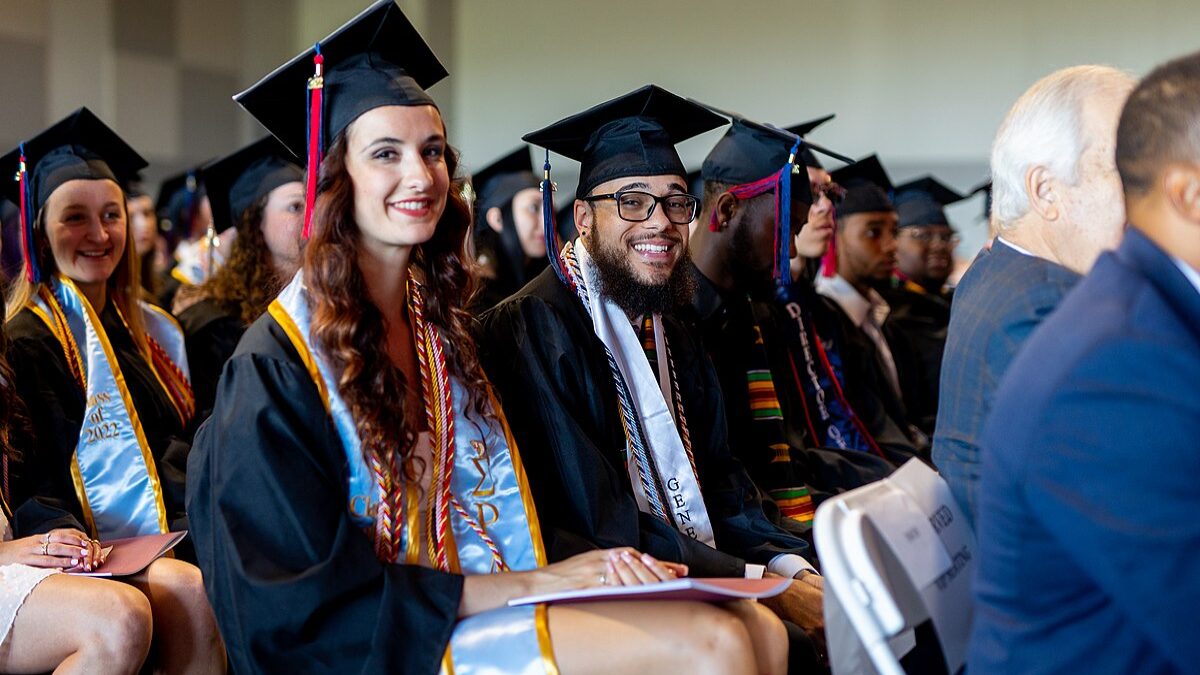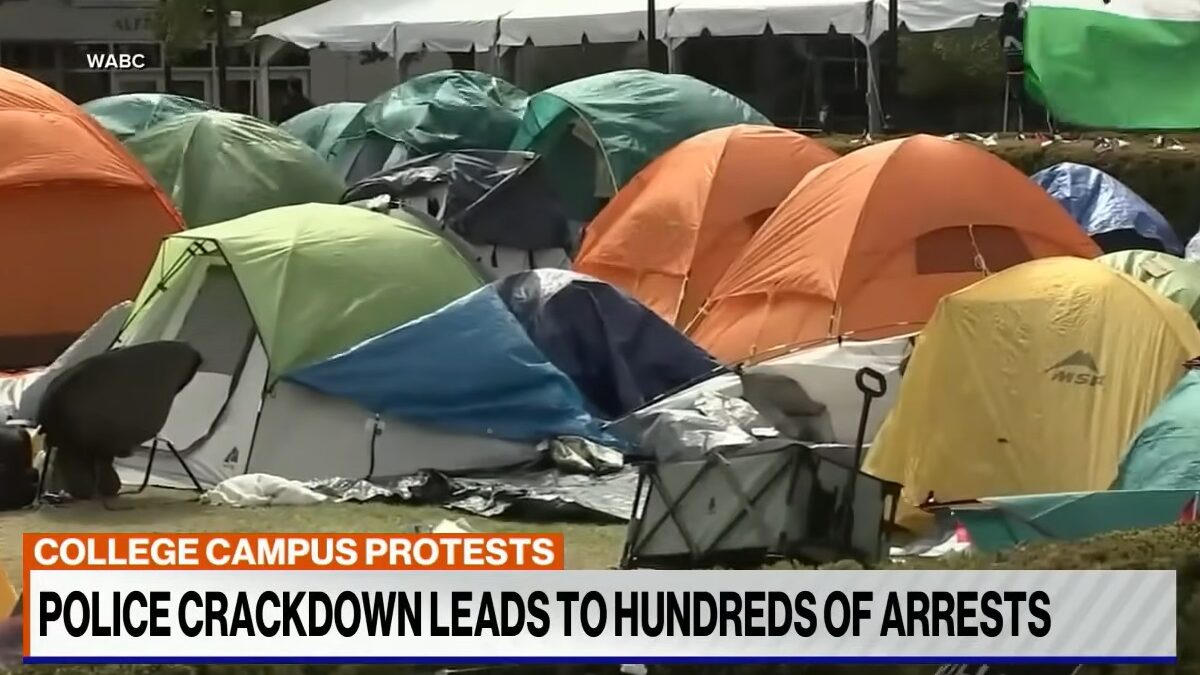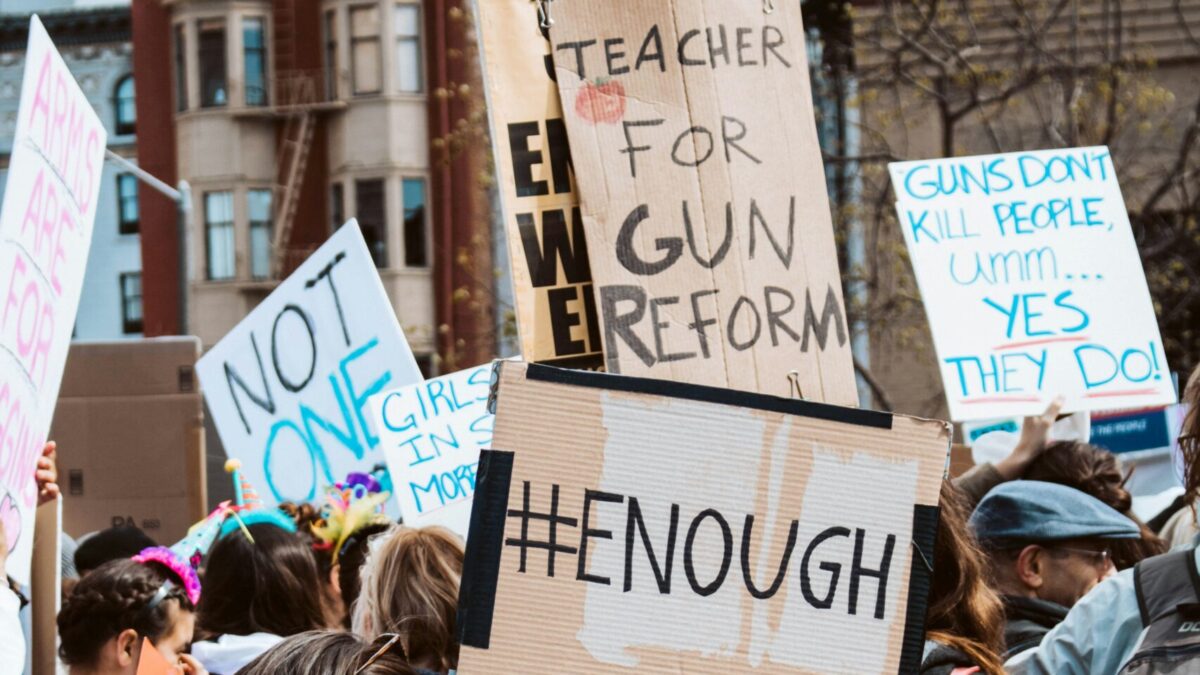
Senator Elizabeth “Feathers” Warren has called for forgiving student loans, a proposal first made here back in 2014. But Warren would eliminate only $50,000 of student debt, and only for students whose income was less than $100,000, approximately 42 million people.
Of course, being Sen. Warren, she has also proposed that the government cover all tuition at all two-year and four-year colleges, and—well it goes on and on, essentially socializing the cost of everything, probably including toothpaste, chewing gum, and wampum belts.
The cost of the debt-forgiveness part of her proposal is said to be $640 billion. (Total student debt is estimated at $1.56 trillion.)
Just because Warren has latched onto the idea doesn’t make it kooky—though we are right to suspect anything that the first faculty member of color at Harvard Law School says.
Donald Trump should steal this idea, feathers and all, for the 2020 campaign.
Part Two of the original proposal (at, to repeat, here) was that the federal government would pay for the loan cancellations by eliminating most of its grants to higher education institutions. Today total federal support of education is about $102.5 billion a year.
People who are skeptical of Part Two need to understand something about “higher” education: for most people it is worthless, as education. Completely worthless. And actually, worse than worthless because it corals young people into institutions for two or four of their most formative years where they learn absolutely nothing! And wind up in debt up to their keisters.
In his book, The Case Against Education, Bryan Caplan makes, inter alia, two important points. The first is that students learn nothing: “Barely half of American adults,” he writes, “know the Earth goes around the sun.” Read that again, slowly, and contemplate the usefulness of a college education.
We should not be surprised. Richard Arum and Josipa Roksa in their book, Academically Adrift, agree with Caplan (“American education is characterized by limited or no learning for a large proportion of students”) and suggest why. “On average, [students] report spending only 12 hours per week studying.” Arum and Roksa also tell us that “fifty percent of the students in our sample reported that they had not taken a single course during the prior semester that required more than twenty pages of writing, and one third had not taken one that required even forty pages of reading per week.”
Bryan Caplan’s second point is that education is all about credentialing. “The labor market doesn’t pay you for the useless subjects you master;” he writes, “it pays you for the preexisting traits you reveal by mastering them.”
The education racket is all about the “sheepskin” effect. Graduates of the twelfth grade in high school earn more than graduates of only the ninth, tenth, and eleventh grades combined. In college the sheepskin effect is even more pronounced: graduates earn more than twice as much as students who complete only one, two, or three years combined!
One theory—only a congressman could believe it—is that the teachers or professors save all the really important information for the last year. Horse feathers!
If college is all about credentialing, why not find another way to credential the nation’s young people? Why not make tasks available that would allow Johnny to show that he has the grit to stick with a difficult job?
Why not create service opportunities for young people to engage in, in addition to military service? They could work at senior citizen institutions, hospitals, high schools, or any number of other charitable institutions that serve the public. The work could be demanding: show up on time; learn specific skills; take responsibility. “Undergraduates in Service to America—USA all the way.” William F. Buckley Jr. wrote a whole book about it in 1990 called Gratitude.
Service would not be mandatory, of course—no indentured servitude. It would simply be an opportunity for young people to show what four years of college shows prospective employers now: that the “student” has the fortitude to persevere.
The feds could even “subsidize” part of the program by not taxing the income of people under the age of twenty-two in such a program.
Young people with good jobs and without huge loans could move out of their parents’ basements (or teepees), get married, have children, and lead normal, productive lives—the way Americans used to.
If a few big corporations started accepting as evidence of maturity and perseverance a work substitute for a sheepskin, the change could happen like a California wildfire.
By stopping support to higher education, the federal government could pay for the debt cancellation in less than a decade—much, much less if the government forgave only the first $10,000 of debt, which would eliminated the debt of about a third of borrowers.
But note that a key part of the proposal is stopping payments to the nation’s colleges. Those institutions, bloated with high-paid administrators, diversity deans, and grievance counselors, are the fever swamps of the Left, inculcating young people in big government, socialist, and often anti-American nostrums. Stopping that is worth twice the price.
This is a win-win-win proposition for Republicans: Get the students to vote Republican; save a generation or several generations of young people from wasting four important years in colleges where they will learn almost nothing; and defund the Left’s higher ed propaganda machine.
Thanks, Feathers, for reminding us of the opportunity.









